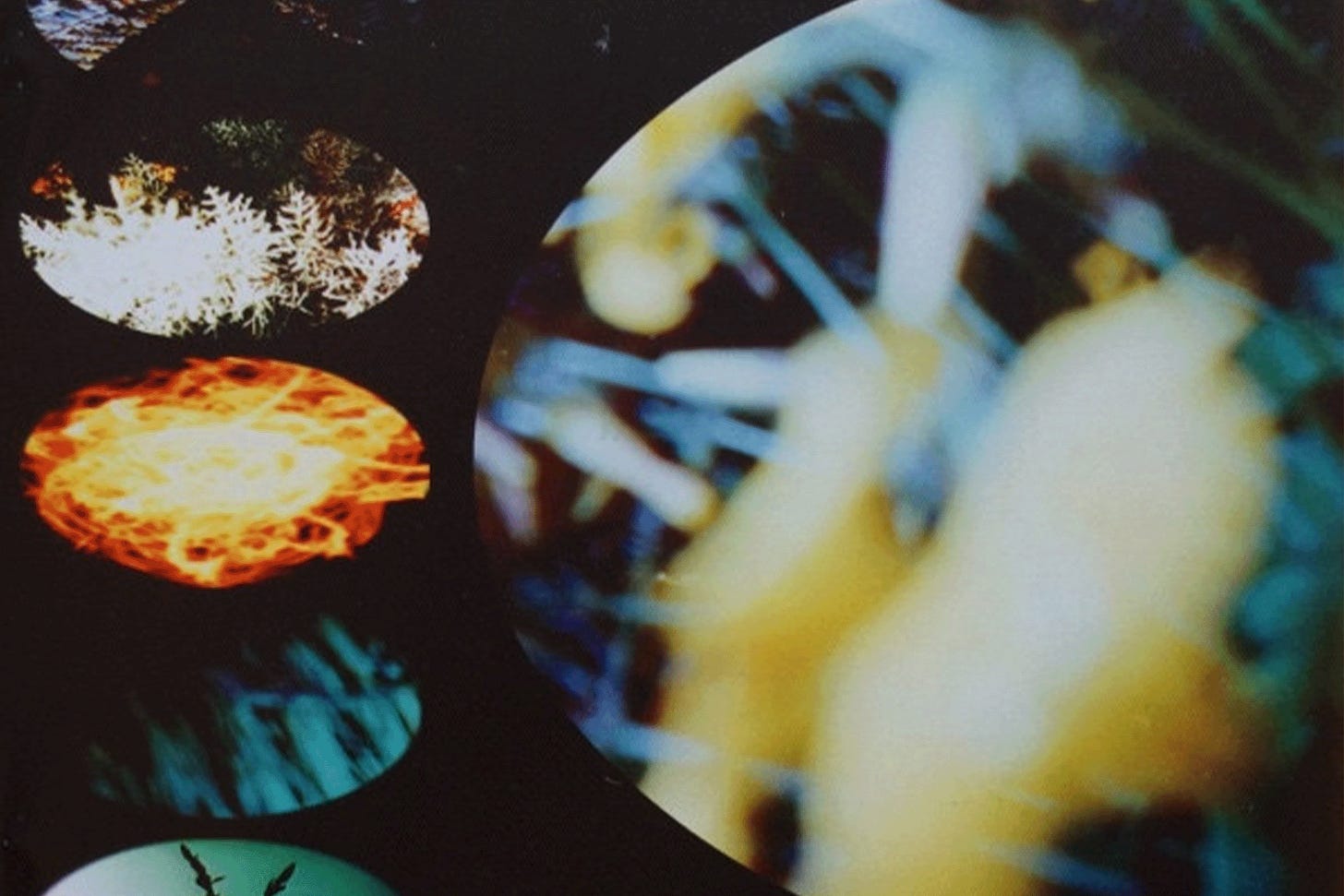Mixmag AUS/NZ: Exploring the sounds of ‘90s and early 2000s techno in Aotearoa
As above, so below.
Selected Works is a weekly (usually) newsletter by the Te Whanganui-a-Tara, Aotearoa (Wellington, New Zealand) based freelance music journalist, broadcaster, copywriter and sometimes DJ Martyn Pepperell, aka Yours Truly. Most weeks, Selected Works consists of a recap of what I’ve been doing lately and some of what I’ve been listening to and reading, paired with film photographs I’ve taken + some bonuses. All of that said, sometimes it takes completely different forms.
Growing up in Te Whanganui-a-Tara/Wellington—the capital city of Aotearoa/New Zealand—my first exposure to techno came in the late ‘90s through a network of record shops, cafes, clothing stores, and all-ages warehouse parties. On inner-city dance floors, the upfront sounds of Detroit and Berlin often shared space with Chicago house, UK jungle/drum and bass, trance, and other adjacent dance music genres. Thinking back, I recall overhearing conversations in 24-hour cafes about UFOs and hacking, reading William Gibson’s seminal cyberpunk novel ‘Neuromancer’, and attending early virtual reality demonstrations. I also remember listening to specialist electronica shows on the local student radio station, Radio Active FM, hearing stories about a short-lived electronic venue called Biosphere that served smart drinks instead of alcohol, and hanging out at a self-styled oxygen cafe. This was the milieu within which techno was bubbling up here.
As I learned later, emerging local dance music subcultures all around the country fell hard for the race towards the future throughout the final decade of the 20th century. Whether you’re talking about cosmopolitan Tāmaki Makaurau/Auckland, the industrial backstreets of Ōtautahi/Christchurch, gothic Ōtepoti/Dunedin, or Kirikiriroa/Hamilton and Te Papaioea/Palmerston North, the source code remained the same: well-practiced DJs spinning quality techno records in equally well-decorated warehouse spaces and nightclubs where good sound, great lighting and sci-fi, new age spirituality, cyberpunk, virtual reality and futurist themes ruled the day. Soon enough, New Zealanders were making techno as well. In the years before the laptop-based music production software revolution, it was an expensive hardware-heavy affair. However, producers could set their studio equipment up on stage for live electronica performances as a byproduct, leading to some interesting experiences.
Despite the difficulties and geographic distances, local techno recordings started making their way into the world via CD compilations and albums, 10” lathe cuts and 12” vinyl EPs. Decades on, some of these releases have garnered cult status, most notably material made by Denver McCarthy, aka Mechanism/Micronism, and the coterie of artists gathered around the Nurture label.
In my latest for Mixmag AUS/NZ, I put together a rundown of ten industrial, acid and dub techno releases recorded by New Zealand producers during the ‘90s and the dawn of the 2000s. You can read it here.
A proviso: Just in case anyone is wondering, at the end of the list of ten records I put together for Mixmag, I also included an additional recommended listening list that takes in ten other releases. One of the tricky things with lists like this is trying to present a broad overview/perspective of what was going on in an era while still keeping people engaged. It’s always a negotiation and a set of compromises, but I think, ultimately, the message serves the music.
Now, with all of that said, here’s another bonus track (haha)
As the Youtube caption puts it “Incredibly beautiful ambient / dnb electronica from Joost Langeveld”
FIN.





Just finished reading and listening to the full assortment on Mixmag, awesome work Martyn. As someone who was born in '96 and grew up in the wake of this era, it was what I always imagined my future would look and sound like. Sadly, the reality doesn't quite match up with the vision -more cyberpunk (the shit kind) than sci-fi - so all I can do is say thanks for giving me a taste of what the future felt like in the past.
This is aces. Great article.